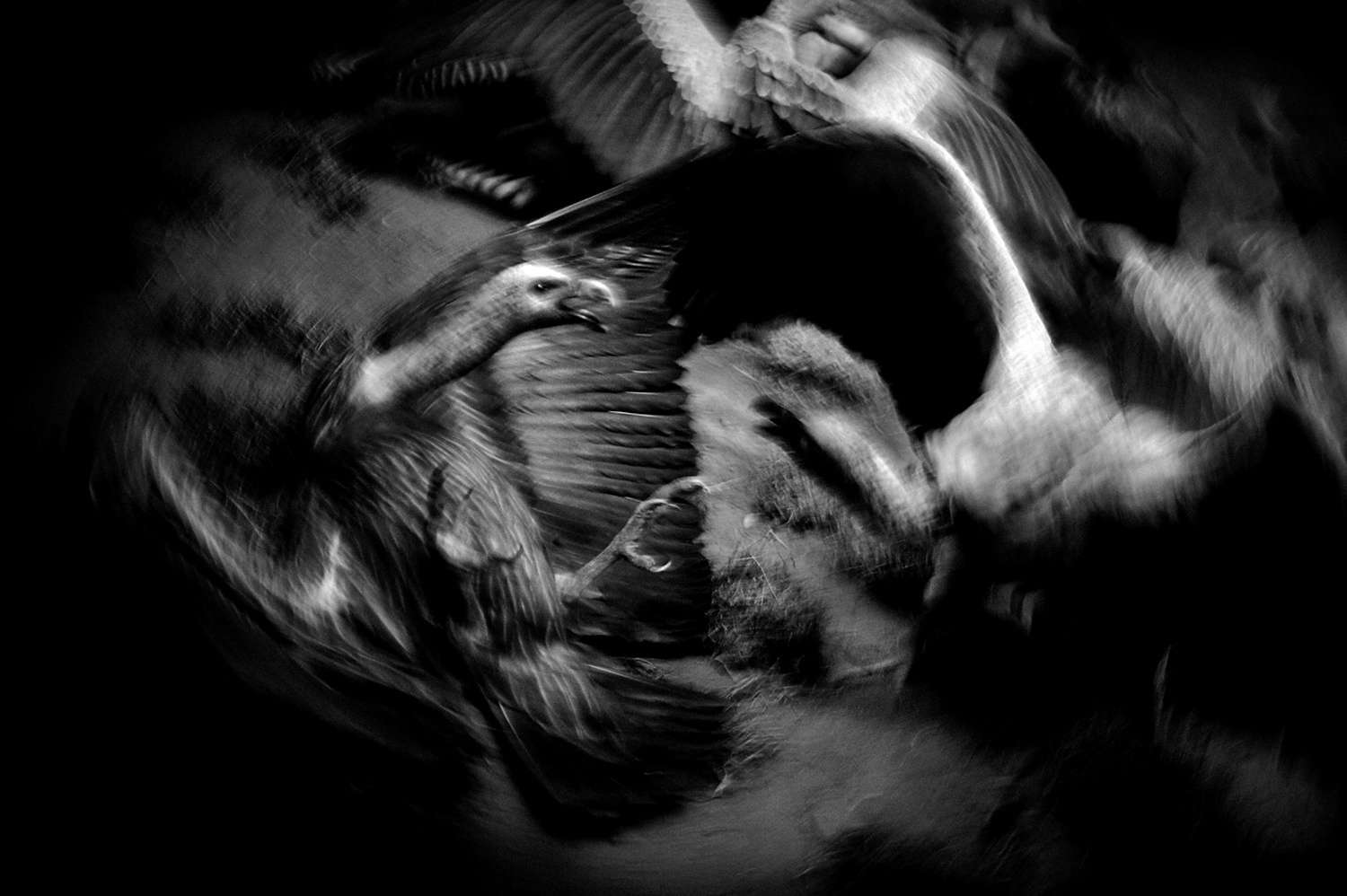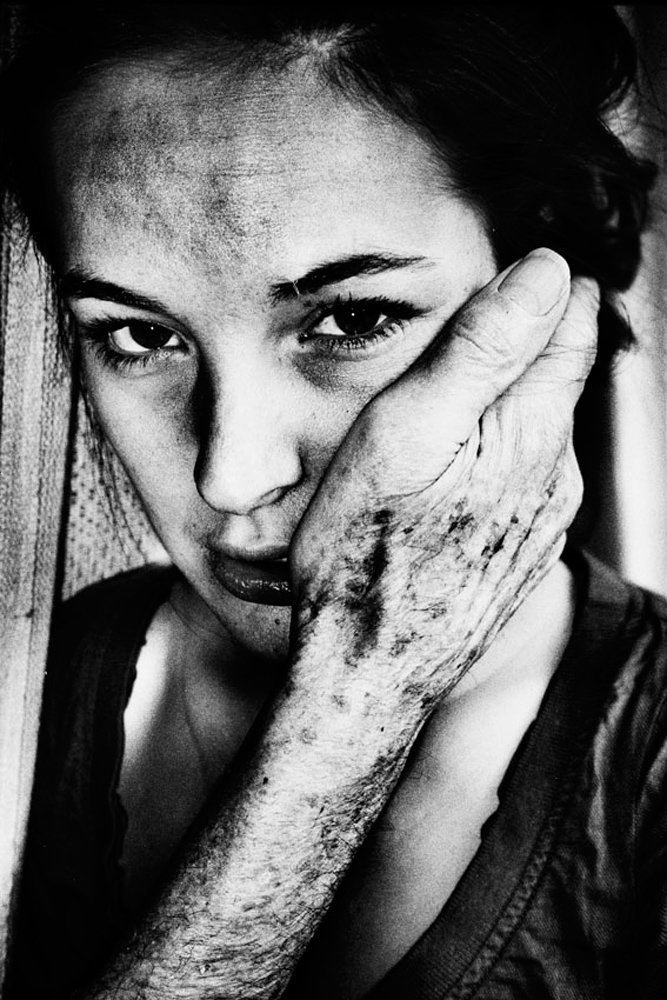
Last December, Gomma publishers—a small imprint in London with a magazine by the same name, or what founder Luca Desienna calls a “bijou” publishing house—set out to find the most exciting new talent working in black and white photography today. To begin the process they assembled an international panel of experts and curators from around the world that included Christian Caujolle, Yasmina Reggad, Peggy Sue Amison, Tom Griggs, Wayne Ford, Jörg Colberg and John Matkowsky to create a new publication called MONO. The fundamental idea for the new publication was to expose emerging talent to a wider audience by publishing them alongside more established artists pushing the boundaries of the medium, such as Roger Ballen, Daido Moryiama, Anders Petersen, Trent Parke and many others.
“Gomma was formed in 2004 by four friends and artists aspiring to create a new publishing space for photographers,” says Desienna. “Our major inspirations were the influential Japanese magazine Provoke from 1968 and Permanent Food by Maurizio Cattelan. Since the first days of Gomma we’ve been always publishing black and white photography—it is and always will be one of the most extraordinary art forms that enables us to document the world we live in … and also what is beyond it or underneath it.”
This year’s winners of the MONO open call for entries are: Daisuke Yokota, Maki, Tricia Lawless Murray, Francesco Merlini, Jan von Holleben, Jukka-pekka Jalovaara, Sofia Lopez Mañan and Stephane C. Their work will be featured in the first edition of MONO to be released this fall.
Desienna says there has been a renaissance among the image makers working in black and white. “With the advent of digital photography, taking pictures has become sort of more accessible for everyone,” he says. “While black and white photography, which is often associated with analogue photography, has become rarer and rarer. Agfa collapsed, and films and chemicals started disappearing, so as it happens with anything that gets near to extinction, it just becomes more valuable.” At the same time, Desienna says great new digital, black-and-white photography has added to the exquisite and timeless world that monochrome images create. “We don’t see the world in black and white so this is probably why we are so attracted to it,” he says. “In addition I believe that black-and-white photography has the capability to show the inner moods of the photographers better than colors do.”
For more information visit Gomma Books and check out Gomma Magazine online.
















More Must-Reads from TIME
- Donald Trump Is TIME's 2024 Person of the Year
- Why We Chose Trump as Person of the Year
- Is Intermittent Fasting Good or Bad for You?
- The 100 Must-Read Books of 2024
- The 20 Best Christmas TV Episodes
- Column: If Optimism Feels Ridiculous Now, Try Hope
- The Future of Climate Action Is Trade Policy
- Merle Bombardieri Is Helping People Make the Baby Decision
Contact us at letters@time.com